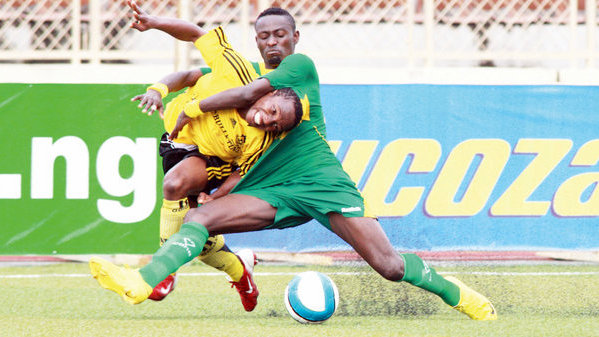In sports betting, choosing the right strategy is just as important as picking the right games. While most new bettors focus on odds, teams, or stats, few realize that bankroll management can be the difference between long-term success and constant losses.
Two of the most popular staking strategies for managing your bankroll are the flat betting system and the percentage-based system. Both have their strengths—and limitations. So, which one offers more stability, control, and long-term profitability?
Let’s break it down.
Flat Betting: Simple and Steady
Flat betting, also known as fixed staking, means you wager the same amount on every bet, regardless of how confident you are or what the odds say. For example, if your bankroll is $1,000 and your unit size is $20, you bet $20 on every selection—no more, no less.
Advantages of flat betting:
- Simplicity: Easy to track, ideal for beginners.
- Bankroll protection: Reduces the risk of large swings or emotional betting.
- Better for testing strategies: Keeps variables limited when you’re learning.
Flat betting is all about discipline and consistency. It avoids the temptation to go “all-in” after a loss or chase big odds. It may not deliver huge spikes in profit, but it helps preserve your bankroll and builds a clear record of performance.

Percentage-Based Betting: Dynamic but Volatile
With percentage staking, your bet size is calculated as a set percentage of your current bankroll. The most common approach is to bet 1% to 5% of your balance per wager. As your bankroll grows or shrinks, your bet size adjusts accordingly.
For instance, if your bankroll is $1,000 and you bet 2% per game, your stake is $20. If your bankroll drops to $800, your stake becomes $16. If it grows to $1,200, you bet $24.
This method aims to scale with your success and reduce losses when you’re cold.
Key Differences Between Flat and Percentage Staking
| Factor | Flat Betting | Percentage Betting |
|---|---|---|
| Bet Size | Fixed | Adjusts per bankroll |
| Risk Level | Low to Moderate | Varies depending on % chosen |
| Complexity | Very simple | Requires tracking & math |
| Suitable For | Beginners / risk-averse | Experienced bettors |
| Bankroll Fluctuation | More stable | More dynamic swings |
When to Use Each Strategy
There’s no one-size-fits-all system. Your choice should depend on your goals, discipline, and how much volatility you’re comfortable handling.
Use flat betting if you:
- Are new to sports betting
- Prefer low risk and steady growth
- Want easy tracking and analysis
- Are testing a new betting model or tipster
Use percentage betting if you:
- Are experienced and confident in your edge
- Want your stakes to grow with your success
- Can handle the math and stay disciplined
- Understand variance and long-term planning
Some advanced bettors combine both systems—starting with flat bets and gradually shifting to percentage staking as their models improve.
Tips for Consistent Profit Regardless of Strategy
No staking plan can fix poor decisions or bad research. To succeed with either method, focus on the fundamentals:
- Track every bet and monitor results
- Set realistic ROI targets
- Avoid emotional reactions after losses
- Only use money you can afford to lose
- Reassess your unit size regularly
Proper staking won’t make you rich overnight—but it will help protect your bankroll and give your strategy the time it needs to work.
So, which system is better for consistent profit? The answer lies in your mindset, goals, and betting style.
- Flat betting is your best friend if you value control, simplicity, and low risk.
- Percentage betting offers higher potential growth but only if you can manage its volatility.
Regardless of which method you choose, the key is to stay disciplined. In sports betting, your stake size isn’t just a number—it’s your shield against chaos and the foundation of long-term success.




